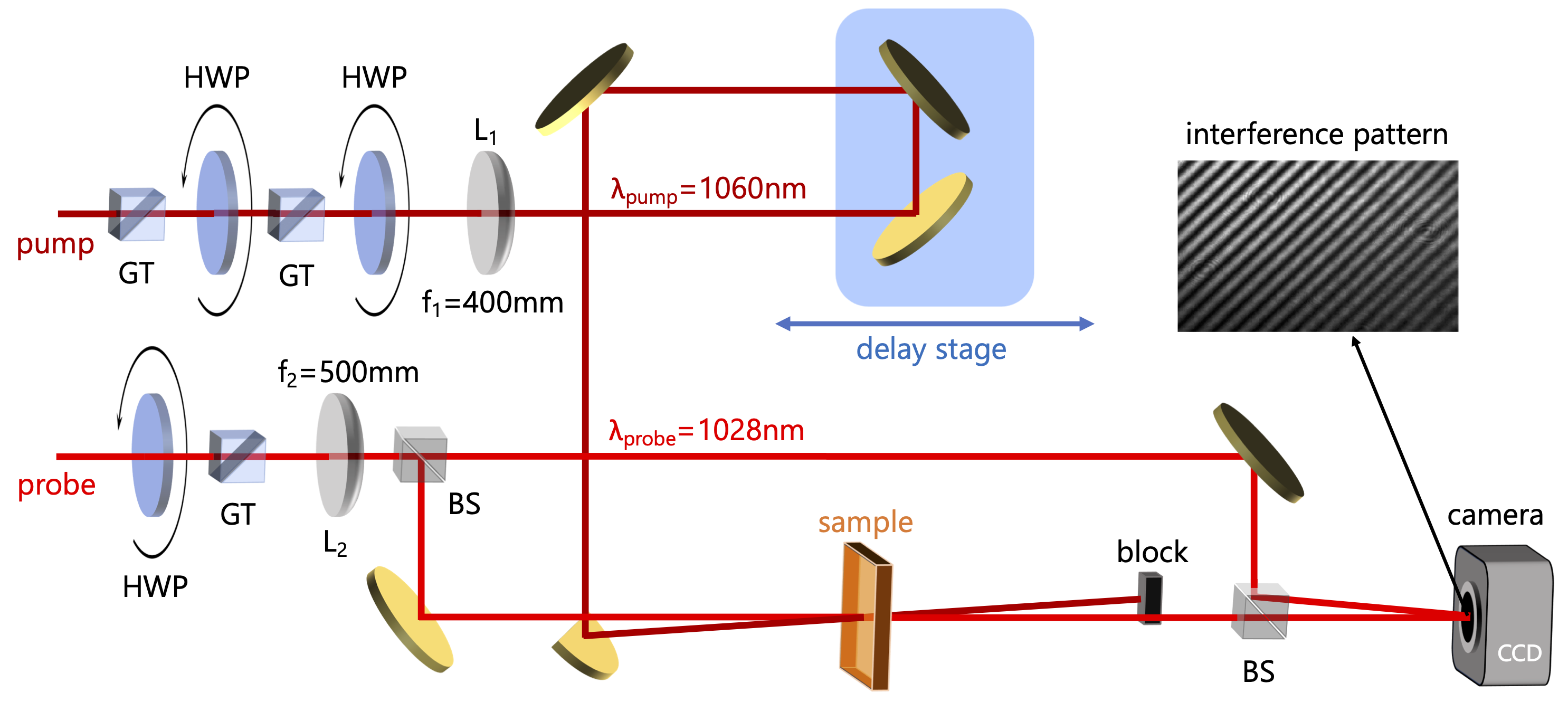Lead halide perovskites came to prominence as promising materials for solar cells. However, they are also home to some very interesting physics that centers around the uncanny immunity of the system to the extrinsic influences. This resilience is thought to arise primarily from the exceptionally soft lattice of lead-halide perovskites, which interacts in complex ways with other degrees of freedom, such as photoexcited charge carriers (electrons and holes) and highly mobile lattice ions.
With numerous inter-coupled degrees of freedom (DoF), the problem of lead-halide perovskites reminds one of the chicken-and-egg problem, in the sense that separating causes from effects is difficult here, and serves as a nice illustration of the general problem of strongly correlated systems.
In our approach, we resolve this riddle by leveraging the fact that different degrees of freedom generally have distinct characteristic resonance frequencies, allowing for selective excitation. Furthermore, these degrees of freedom respond on different timescales: electrons are the most agile, operating on the 100-fs timescale; next is the lattice, which typically responds within a few picoseconds; and finally, the mobile ions, whose motion can take up to seconds in the case of lead-halide perovskites.
By working with pulsed ultrafast tunable-wavelength laser sources (ranging from THz to mid-infrared, near-infrared, and visible light), we disentangle the chicken-and-egg problem in lead-halide perovskites and gain insight into their inner workings. This approach paves the way for improved perovskite-based solar cells and uncovers new fundamental phenomena in these fascinating materials, as demonstrated in our recent work on tunneling ionization and non-perturbative light detection in lead-halide perovskites.

For example, in this specific experiment illustrated above we developed ultrafast time-resolved interferometry to directly measure the intrinsic instantaneous nonlinear refractive index in lead-bromide perovskites (Cs- and (Methylammonium)PbBr3), a quantity that is usually obscured by other channels such as thermo-optic effect, and hence a subject of debate in the field, with numbers reported in the literature ranging wildly across several orders of magnitude.
